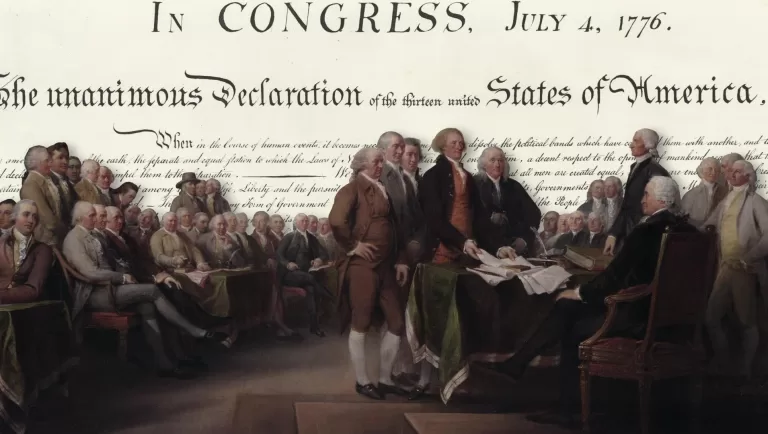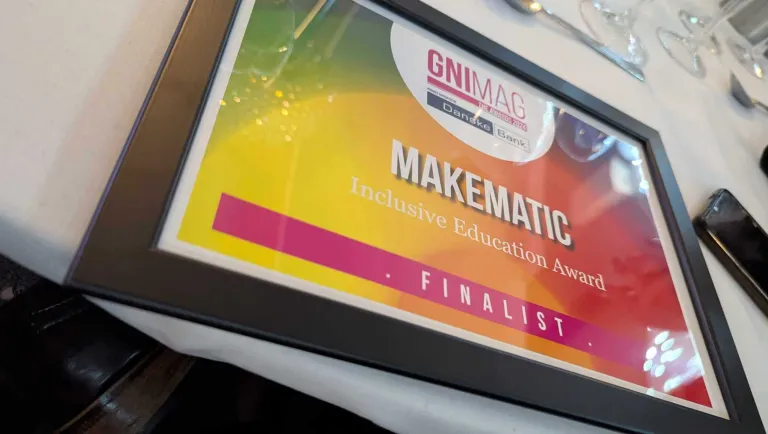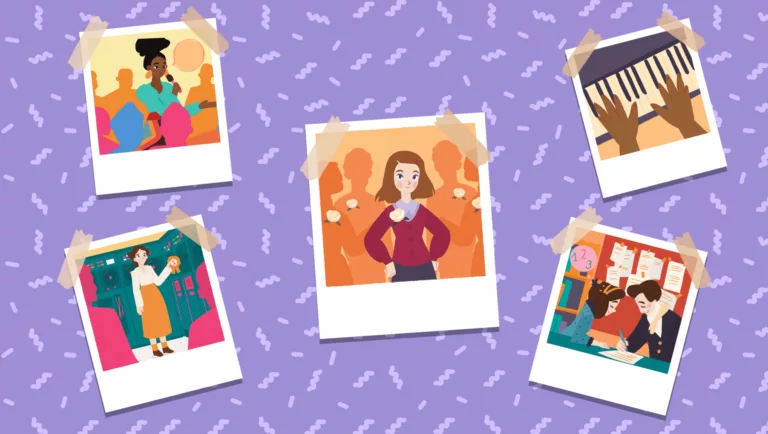
The Multimedia Learner – Part Two
In part one of this three-part blog series, I talked about Sesame Street and how it pioneered informal curriculum-linked and pedagogically sound short-form video as a way of capturing the limited attention spans of early learners.
In this second instalment, I want to progress this theme to look at the education sector and the mass-market reference points that influence the way in which knowledge is imparted and consumed today.
The Internet Takes Hold
The en masse introduction of both the Internet and personal computers into our homes from the year 2000 onward meant that by as early as 2007 (when 61% of UK households had Internet access) many were already espousing the importance of a “blended” multimedia approach to learning.
This meant that by the time I found myself leading a team focused on producing immersive digital products at a global educational publisher, I had started hearing concerning comments from school kids such as “I have to power down in the classroom”.
Although myself and my team (along with our wider colleagues across the company), were doing the majority of our work online, as a business we weren’t making the connection between mass-market trends that were influencing other sectors in the way we were designing, say, a new maths curriculum course or an ELT course for teenagers. We were print-focused. They were not.
No Technology In The Classroom
Without a doubt, at that time the educational establishment (all the way up to governmental level) were very slow to react when it came to allocating the huge budgets needed to bring education systems up to date via the widespread introduction of technology into the classroom.
Many educational content providers saw “digital” as creating a CD or DVD-Rom with some Flash animations and exercises included, which was tucked free-of-charge into the back cover of a textbook (with no increase in pricing point). Just as we did.
It was on a business trip to Mexico, to a school that had a great technology set-up, that I saw just how many of these CDs/DVDs were being used… as coffee-cup mats and frisbees!
The teachers showing me around explained that it wasn’t that the addition of these digital assets was a bad thing, it was just that they hadn’t been trained to teach with video and other non-text book-based tools. So they were afraid of losing control of the classroom. Consequently the digital resources weren’t used.
2007 Changed Everything
The 29th June 2007 changed everything. On that day, a game-changer arrived that was to prove the wake-up call (no pun intended) for us to gear up and start producing a wide portfolio of digitally based, video-centred learning products.
Apple launched the iPhone. Suddenly, millions of teachers and students had an internet connected, hand-held computer and video camera in their pocket. This was a real turning point. The ability to create and watch video at any time by anyone had arrived. It was not be long though before short-form video was a huge influence in all our lives.
Part of the focus at the multinational educational publisher that I worked for at the time was English Language Teaching (ELT). And we saw start-ups such as Englishbaby.com arrive on the scene and immediately secure large Internet audiences. Part of their winning formula was a series of video shorts that proved very successful in China, where at the time 500 million people were learning English ahead of the Beijing Olympic Games.
A Vision Of Students Today
Michael Wesch is Associate Professor of Cultural Anthropology at Kansas State University, where his focus is Media Ecology and Digital Ethnography. He is one of the few people who has studied the effect of the networked economy on human uses of digital technology.
His most famous video was produced in October 2007. A Vision of Students Today has been watched millions of times, as well as being hugely influential in terms of cranking up the pressure on content providers in the education sector to connect better with their consumers – students, pupils and their teachers.
For me and my team, it became something we watched repeatedly, spreading the message amongst our colleagues. With time, our message about the importance of video spread and our company’s products grew to include large portions of video-learning. A digital product would not go out the door without a substantial portion of video included. As a result, publishers like us had to enter a myriad of licensing agreements with third-party video producers such as the BBC, ITN and Reuters in order to ensure that the quality of footage was there around which we could build strong pedagogical models.
Video Is Integral To Education
If we fast forward to today – video now plays an important role in many formal education programmes. Both free and paid, in classroom environments and for home learners. In fact, there isn’t a business currently providing digital education content who would disagree that short-form video is an integral part of any learning asset.
What does the future hold?
In the third and final part of this blog series, I’m going to take a detailed look at a few of these and consider what makes them successful. Plus take a stab at guessing where this is all going to go over the next decade.
Let's Work together


Makematic Finalists in Inclusive Education Award

